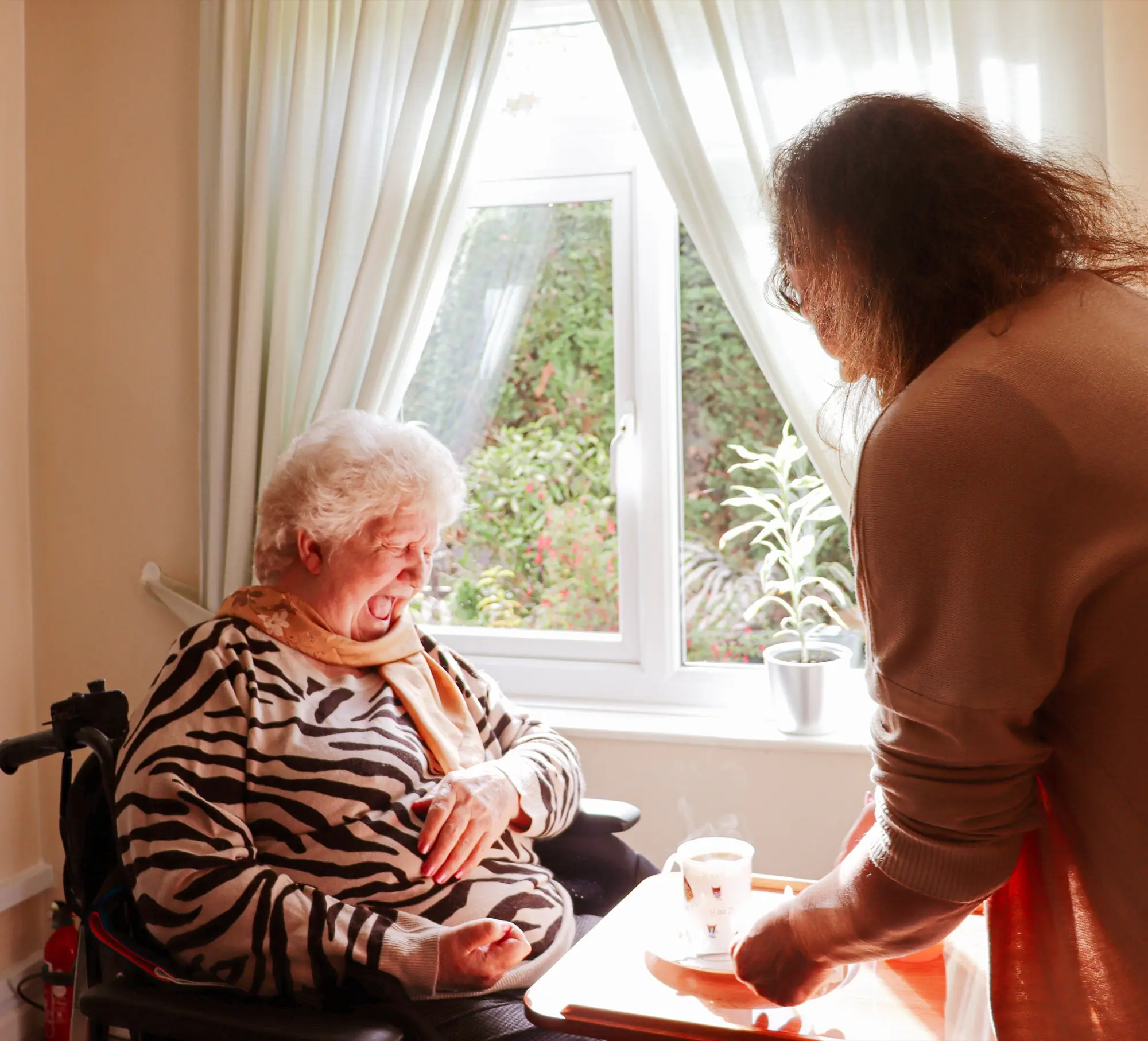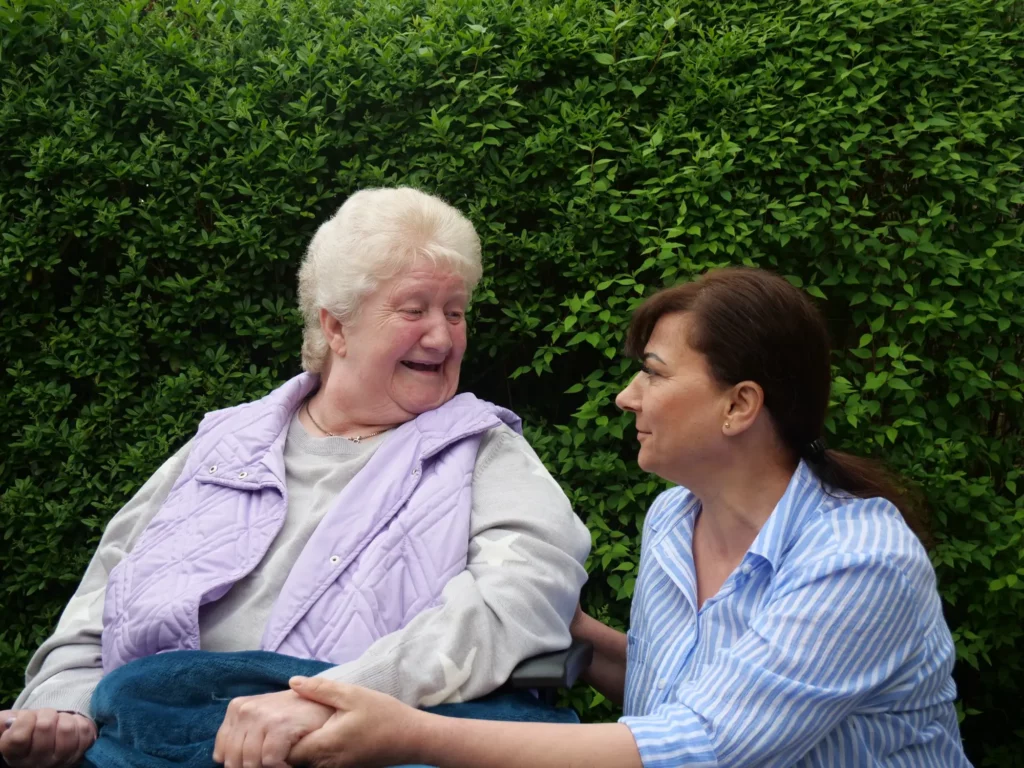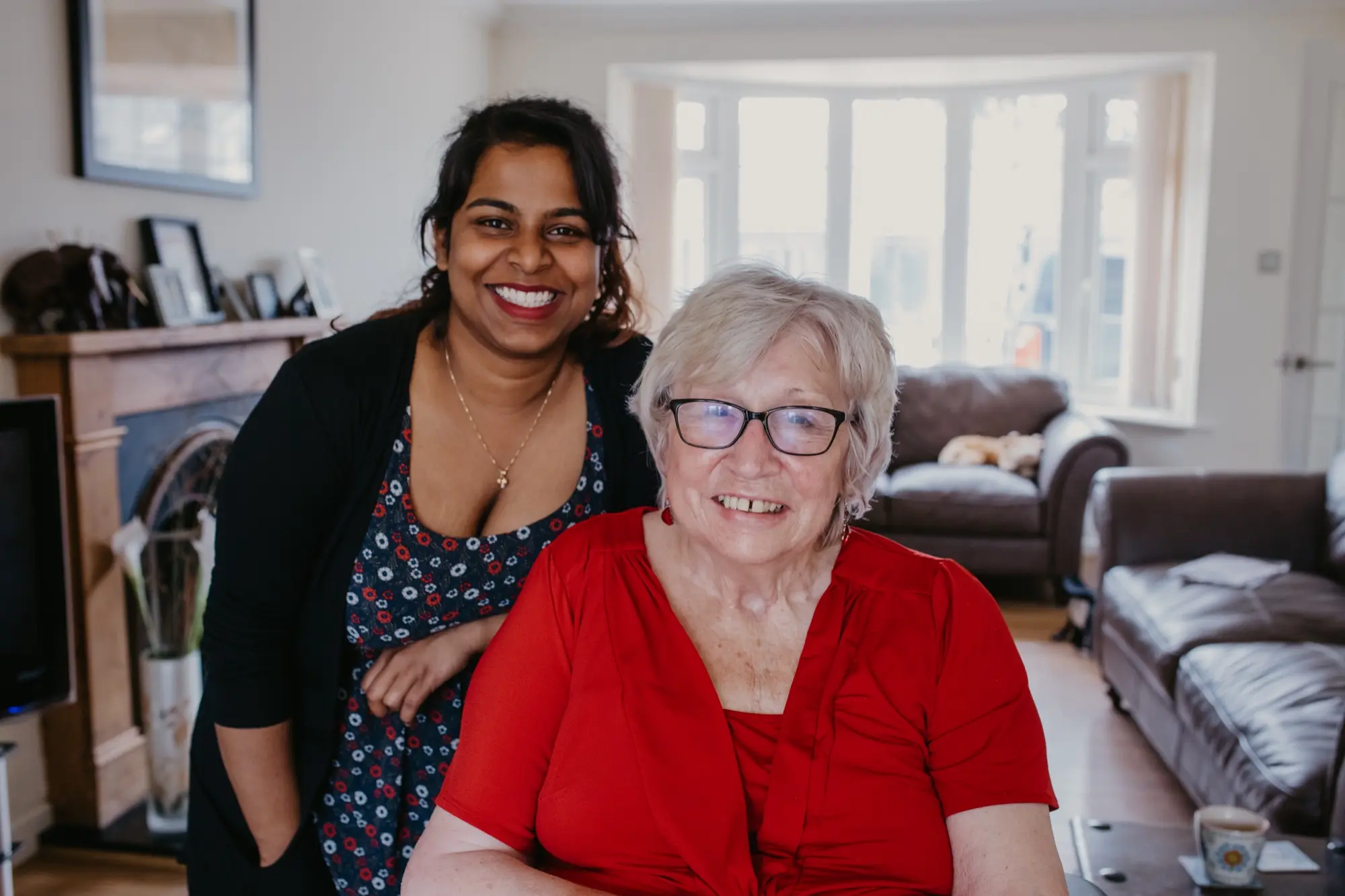We understand that the cost of live-in care is often a major factor when choosing the option that’s best for you. However, cost shouldn’t stop you from getting the right support. Fortunately, funding may be available to help you cover the costs of live-in care.

You may qualify for some level of live-in care funding from your local authority or the NHS. State assistance for care is means-tested through a financial assessment by your local authority, taking into account the value of your property, savings and other assets (your capital).
If your assets are less than the lower limit of £14,250 in England, then 100% of your care should be funded. However, you may be expected to make a contribution if you receive certain benefits or have any income.
If your assets are more than the upper limit of £23,250 in England, then you will normally be expected to pay for your own care in full.

What does the local authority calculate?

Assets included in the calculation
Assets included in the calculation are bank and building society accounts, stocks, shares, and most investment products, national savings and premium bonds, income from the Government, and any personal or occupational pension plans. Property and land (less any mortgage) are also considered, and jointly held assets are usually divided in two to calculate an individual’s share, regardless of who contributed the most.
Assets not included in the calculation
Assets that are not included in the calculation are; property that continues to be lived in by yourself, a partner or dependent. So for live-in care funding, the value of your property should be excluded because you will continue to live in it. Other assets not included are; value of life policies, some compensation payment held in trust or by the courts and some investment bonds with a life assurance element (check with your provider).
Local authority funding for live-in care – direct payments
Direct payments are a great way to give you flexibility, choice and control over your care.
A direct payment is the amount of money that the local authority has to pay to meet your care needs. You can then choose how you spend the money on your own care and support, as long as it matches the care plan you’ve agreed with the local authority.

Local authorities can arrange for people who need live-in care to receive funding so they can arrange their own care – either in their own home or in a residential care home.
The first step is to discuss with the social services department of your local authority what financial support you may be entitled to. This will consist of an assessment of your care needs and financial situation.
Local authorities set their own eligibility criteria based on one of four care levels: low, moderate, substantial and critical. Every local authority makes their criteria available on request.
Based on an assessment of the person’s financial situation and the eligibility of their care needs, the local authority will decide who is to pay for the care, whether it be the person themselves, the local authority, or a combination of both.
You can find out more about direct payments here.

NHS Continuing Healthcare Funding
Continuing Healthcare (CHC) funding is a whole package of ongoing care arranged and funded by the NHS for people outside of hospital with a high level of ongoing health needs.
Individuals who are eligible for NHS Continuing Healthcare funding receive their care package, including social care, for free.
To be eligible, the person must be over 18 and have a complex medical condition and substantial and ongoing care needs.
It’s the Clinical Commissioning Group (CCG) which decides the appropriate package of support for someone who is eligible for NHS Continuing Healthcare.
Even if you are paying for your own care, there may be some non-means-tested benefits and allowances for which you are eligible, such as Disability Living Allowance (DLA) and Personal Independence Payments (PIP).
If you have any questions about care funding and the benefits that may be available, please contact us.

Lifetime mortgages
You may also wish to consider a lifetime mortgage (equity release) where you continue to own your own home, but the lender gives you a lump sum or a monthly income (or both), based on the value of your home.

Home reversion plans
Another alternative means of care funding is a home reversion plan.
With a home reversion plan, you sell all or part of your home in return for a cash lump sum, a regular income, or a combination of both. When your home is eventually sold, the reversion company will receive their share of the proceeds from the sale. If you have sold the entire property to them, they will receive all proceeds.
Financial advice disclaimer
The information above summarises how care is often financed. Agincare is not authorised to provide investment or other financial advice and nothing on this page should be construed as such. We recommend you obtain independent financial advice from an adviser registered with the Financial Services Authority.

Frequently asked questions
You may qualify for some level of live-in care funding from your local authority or the NHS. State assistance for care is means-tested through a financial assessment by your local authority, taking into account the value of your property, savings and other assets (your capital).
If your assets are less than the lower limit of £14,250 in England, then 100% of your care should be funded. However, you may be expected to make a contribution if you receive certain benefits or have any income.
If your assets are more than the upper limit of £23,250 in England, then you will normally be expected to pay for your own care in full.
Your assets are considered to be your savings, investments and the equity from your home.
Your home won’t be included in the calculation if your husband, wife, civil partner, a close relative aged 60+ or a dependent child or disabled relative lives there. Your home also isn’t included in the means test for the first 12 weeks that you’re in a care home.
The means test will also take into account 50 percent of any capital held jointly, such as in a joint savings account.
NHS continuing healthcare is when the NHS source and fund your care entirely. Some people with long term complex health needs qualify for free.
Anyone is able to apply for this, however there is an eligibility criterion that you need to meet to qualify. This is done by a team from the NHS who assess your healthcare needs and determine if you are eligible.
Self-funding is where you pay for your care entirely on your own. As you are self-funding, you get complete control over your care in regards to; how much you want to spend, the location and how you arrange it.


